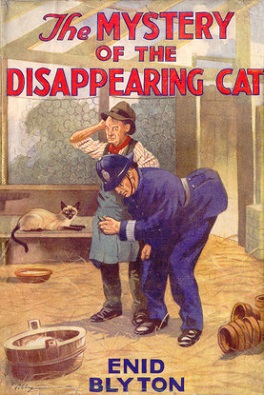
The Five Find-Outers and Dog, also known as The Five Find-Outers, is a series of children's mystery books written by Enid Blyton. The first was published in 1943 and the last in 1961. Set in the fictitious village of Peterswood based on Bourne End, close to Marlow, Buckinghamshire, the children Fatty, who is the leader of the team, Larry, Pip, Daisy, Bets and Buster, Fatty's dog, encounter a mystery almost every school holiday, always solving the puzzle before Mr Goon, the unpleasant village policeman, much to his annoyance.
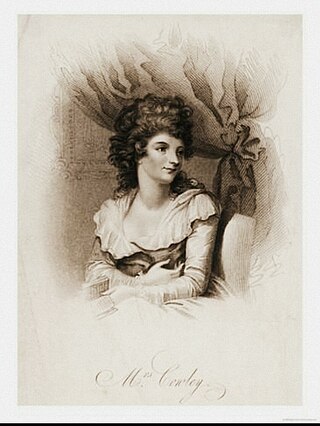
Hannah Cowley was an English playwright and poet. Although Cowley's plays and poetry did not enjoy wide popularity after the 19th century, critic Melinda Finberg rates her as "one of the foremost playwrights of the late eighteenth century" whose "skill in writing fluid, sparkling dialogue and creating sprightly, memorable comic characters compares favourably with her better-known contemporaries, Goldsmith and Sheridan." Cowley's plays were produced frequently in her lifetime. The major themes of her plays – including her first, The Runaway (1776), and her major success, which is being revived, The Belle's Stratagem (1780) – revolve around marriage and how women strive to overcome the injustices imposed by family life and social custom.
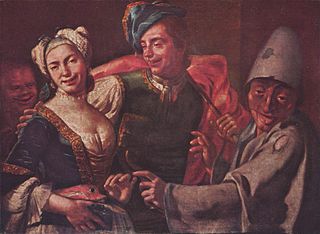
The Rover or The Banish'd Cavaliers is a play in two parts that is written by the English author Aphra Behn. It is a revision of Thomas Killigrew's play Thomaso, or The Wanderer (1664), and features multiple plot lines, dealing with the amorous adventures of a group of Englishmen and women in Naples at Carnival time. According to Restoration poet John Dryden, it "lacks the manly vitality of Killigrew's play, but shows greater refinement of expression." The play stood for three centuries as "Behn's most popular and most respected play."
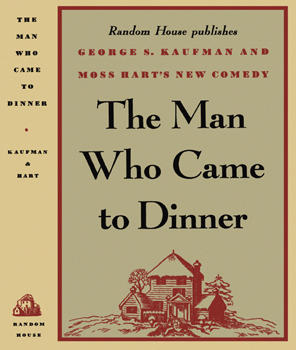
The Man Who Came to Dinner is a comedy play by George S. Kaufman and Moss Hart. It debuted on October 16, 1939, at the Music Box Theatre in New York City, where it ran until 1941, closing after 739 performances. It then enjoyed a number of New York and London revivals. The first London production was staged at The Savoy Theatre starring Robert Morley and Coral Browne. In 1990, Browne stated in a televised biographical interview, broadcast on UK Channel 4, that she bought the rights to the play, borrowing money from her dentist to do so. When she died, her will revealed that she had received royalties for all future productions and adaptations.

The Libertine is a 2004 period drama film, the first film directed by Laurence Dunmore. It was adapted by Stephen Jeffreys from his play of the same name, and stars Johnny Depp and Samantha Morton as John Wilmot, 2nd Earl of Rochester and Elizabeth Barry, with John Malkovich, Rosamund Pike, Rupert Friend and Kelly Reilly in supporting roles. Set in 1675 England, the film chronicles the life of the decadent but brilliant Earl of Rochester, who is asked by King Charles II to write a play celebrating his reign, while simultaneously training Elizabeth Barry to improve her acting.

The Man Upstairs is a collection of short stories by P. G. Wodehouse, first published in the United Kingdom on 23 January 1914 by Methuen & Co., London. Most of the stories had previously appeared in magazines, generally Strand Magazine in the UK and Cosmopolitan or Collier's Weekly in the United States. Although the book was not published in the US, many of the stories were eventually made available to US readers in The Uncollected Wodehouse (1976) and The Swoop! and Other Stories (1979).

A Man of Means is a collection of six short stories written in collaboration by P. G. Wodehouse and C. H. Bovill. The stories first appeared in the United Kingdom in The Strand Magazine in 1914, and in the United States in Pictorial Review in 1916. They were later published in book form in the UK by Porpoise Books in 1991. The collection was released on Project Gutenberg in 2003.
Julia Golding, pen names Joss Stirling and Eve Edwards, is a British novelist best known for her Cat Royal series and The Companions Quartet.

Spring and Port Wine is a stage play by Bill Naughton and a 1970 British kitchen sink drama film based on it. The drama is set in Bolton and concerns the Crompton family, especially Rafe, the father, and his attempts to assert his authority in the household as his children grow up.

Cat among the Pigeons is a young adult novel by Julia Golding, published in 2006. It is a story about Pedro the slave's fight for freedom. The main character is Cat, a girl of around 12 who is Pedro's best friend.

Ottoline and the Yellow Cat is a children's book by Chris Riddell, published in 2007. It won the Nestlé Children's Book Prize Gold Award and the Red House Children's Book Award for Younger Readers. It was also shortlisted for the Kate Greenaway Medal and nominated for the Carnegie Medal.
Cat Royal is a series of 6 historical fiction adventure books by Julia Golding, a British novelist.

After the Ball is a musical by Noël Coward based on the 1892 play by Oscar Wilde, Lady Windermere's Fan.
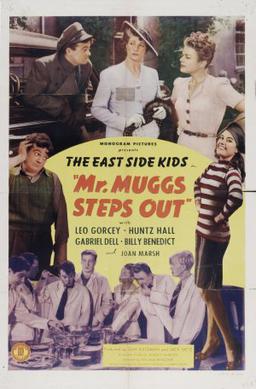
Mr. Muggs Steps Out is a 1943 American film directed by William Beaudine and starring The East Side Kids.

It All Came True is a 1940 American musical comedy crime film starring Ann Sheridan as a fledgling singer and Humphrey Bogart, who was third-billed on movie posters, as a gangster who hides from the police in a boarding house. It is based on the Louis Bromfield novel Better Than Life. Sheridan introduced the hit song "Angel in Disguise". The picture was produced by Mark Hellinger and directed by Lewis Seiler. The cast also featured Jeffrey Lynn as the leading man, Zasu Pitts, and Una O'Connor.

Den of Thieves is the third book in the Cat Royal series by Julia Golding. In this story the protagonist, Cat, becomes homeless, travels to Paris, dances with an old French man and becomes a spy.

Cat O'Nine Tails is the fourth book in the "Cat Royal" series written by Julia Golding. In this story the protagonist, Cat, dances at a ball, dresses as a boy, and meets an Indian tribe.

Black Heart of Jamaica is the fifth book in the Cat Royal series by British author Julia Golding. In this story the protagonist, Cat, becomes a pirate and gets involved with Pedro in a slave revolt.

There Was a Young Lady is a 1953 British comedy film directed by Lawrence Huntington and starring Michael Denison, Dulcie Gray and Sydney Tafler. It was made at Walton Studios and on location in London. The film's sets were designed by the art director Frederick Pusey. Huntington had been a prominent director in the 1940s but after this film he dropped into making second features. The film marked the screen debut of Geraldine McEwan as dim-witted secretary Irene.

















